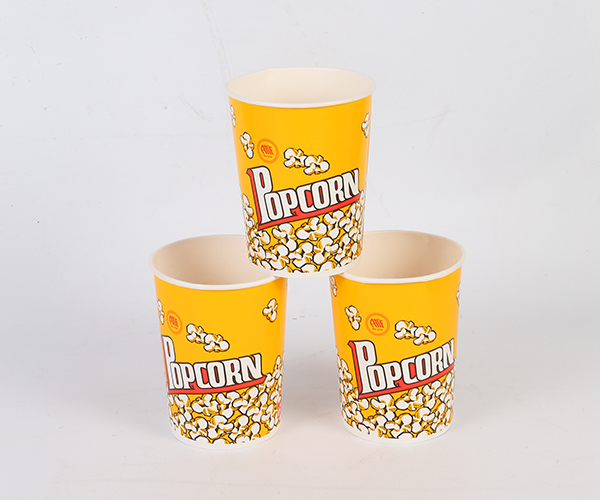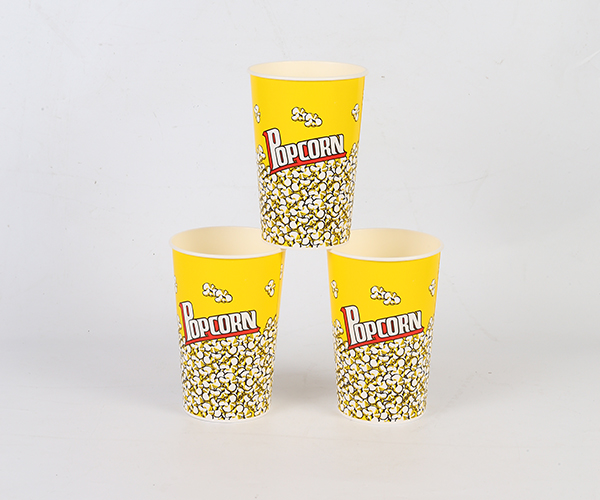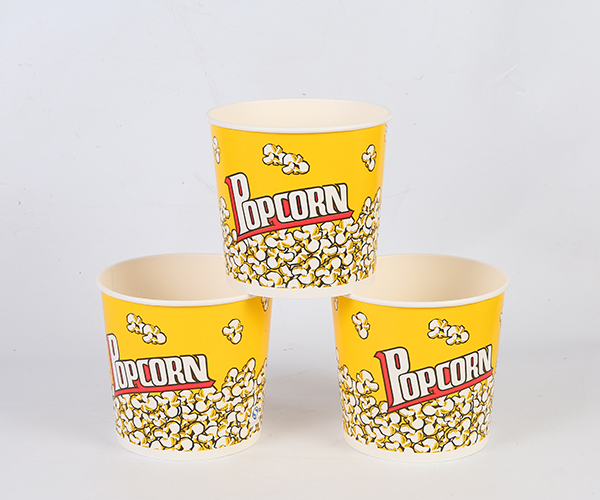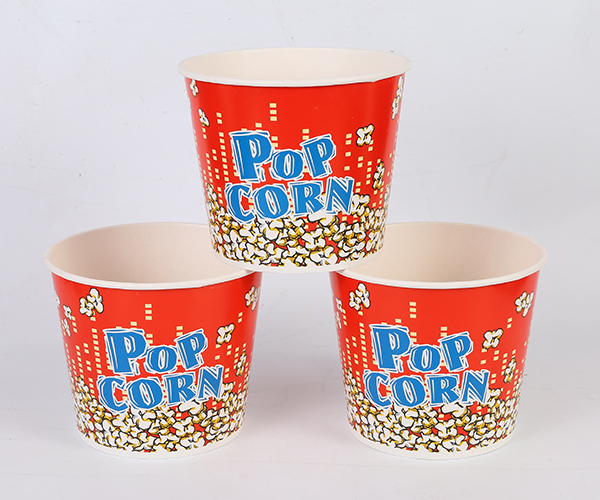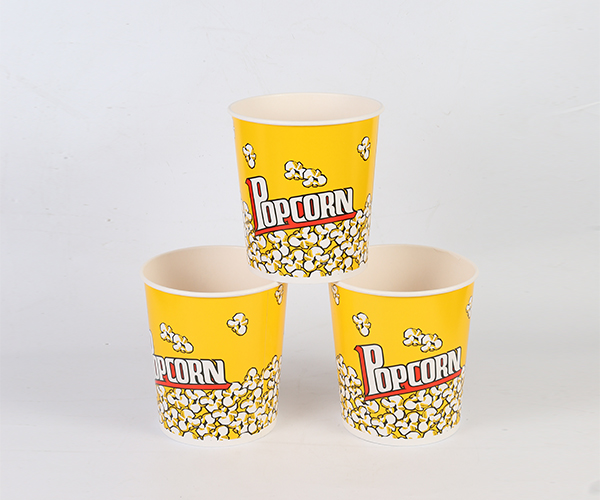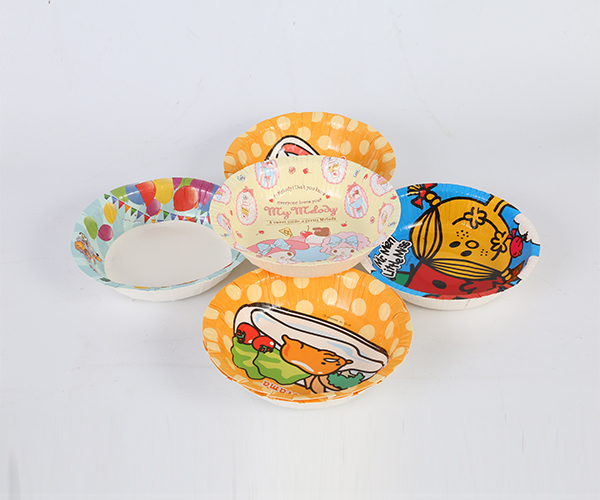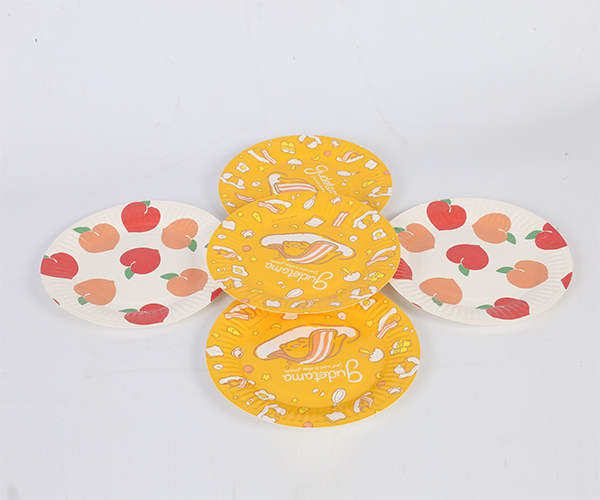Disposable Paper Plates are popular for their convenience, especially in outdoor events, parties, and food services. However, one concern that often arises is whether these plates are prone to moisture damage or deformation during storage. Since they are made of paper-based materials, they are naturally susceptible to humidity and poor storage conditions. This article examines the factors that influence their vulnerability and how proper handling can preserve their shape and usability.
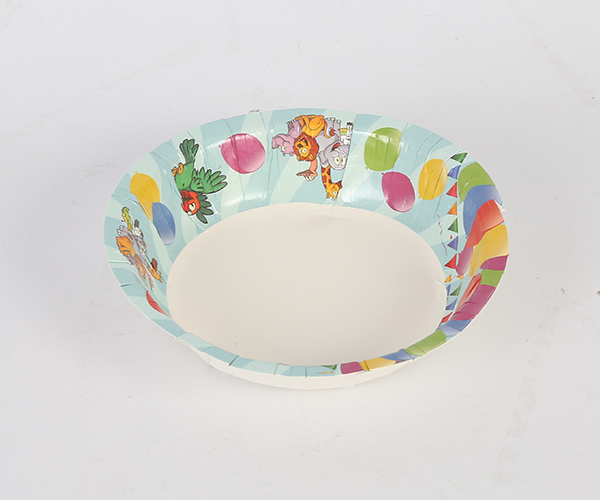
Material sensitivity to humidity
Most Disposable Paper Plates are made from compressed paper pulp, often coated with a thin plastic or wax layer to improve water resistance during use. Despite this coating, the underlying paper is porous and capable of absorbing ambient moisture. If exposed to high humidity over extended periods, the plates can become soft, lose their rigidity, or even start to curl at the edges. This deformation not only affects appearance but also reduces the structural strength needed to support food.
Packaging and sealing
How Disposable Paper Plates are packaged plays a crucial role in determining their resistance to moisture during storage. Plates that come in tightly sealed plastic wrappers or shrink-wrapped bundles are better protected from air and humidity. Once opened, however, the leftover plates become more vulnerable if they are not re-sealed or transferred to an airtight container. Bulk packaging in cardboard boxes without internal plastic lining provides minimal protection and should be supplemented with added moisture barriers when stored.
Storage environment and climate control
The location where the plates are stored has a direct impact on their long-term condition. Cool, dry environments such as closets, pantries, or enclosed cabinets are ideal. Storing the plates in basements, garages, or other areas with fluctuating temperatures and high humidity increases the risk of moisture absorption and deformation. In tropical or rainy climates, even indoor spaces may need dehumidifiers or moisture-absorbing packets (like silica gel) to maintain dryness and prevent plate warping.
Stack pressure and deformation
Another factor to consider is physical deformation caused by improper stacking or uneven surfaces. Disposable Paper Plates stored under heavy weight or in tilted positions can gradually become misshapen, especially when combined with moisture exposure. Warped plates may not lie flat, making them inconvenient or unstable for serving food. Organizing them in a vertical or horizontal position with evenly distributed weight can help maintain their shape.
Signs of moisture damage
Users can usually detect early signs of moisture-related deterioration by inspecting the plates for softness, color change, curling, or a musty odor. If the plates feel damp or the surface coating begins to peel, they are likely compromised and may not perform well when used with food. It’s to dispose of visibly damaged plates, as they may not meet hygiene or safety standards after prolonged exposure to moisture.
Conclusion
While Disposable Paper Plates are inherently more vulnerable to moisture and deformation than plastic or ceramic alternatives, their integrity can be preserved through mindful storage practices. By controlling environmental conditions and using proper packaging solutions, users can extend the shelf life of these products and ensure they remain ready for reliable use whenever needed.


 English
English 中文简体
中文简体